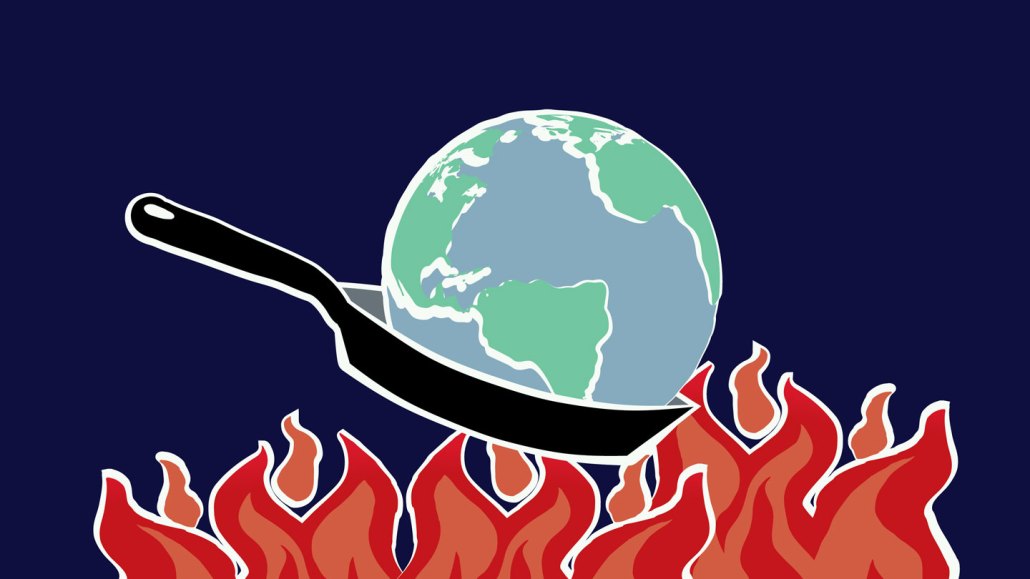
El Niño and climate change combined are shattering global temperature records, pushing Earth into uncharted territory.
MHJ/DigitalVision Vectors/Getty Images Plus
Global temperatures are shattering records as El Niño and climate change compound.

El Niño and climate change combined are shattering global temperature records, pushing Earth into uncharted territory.
MHJ/DigitalVision Vectors/Getty Images Plus
Global temperatures are shattering records as El Niño and climate change compound.